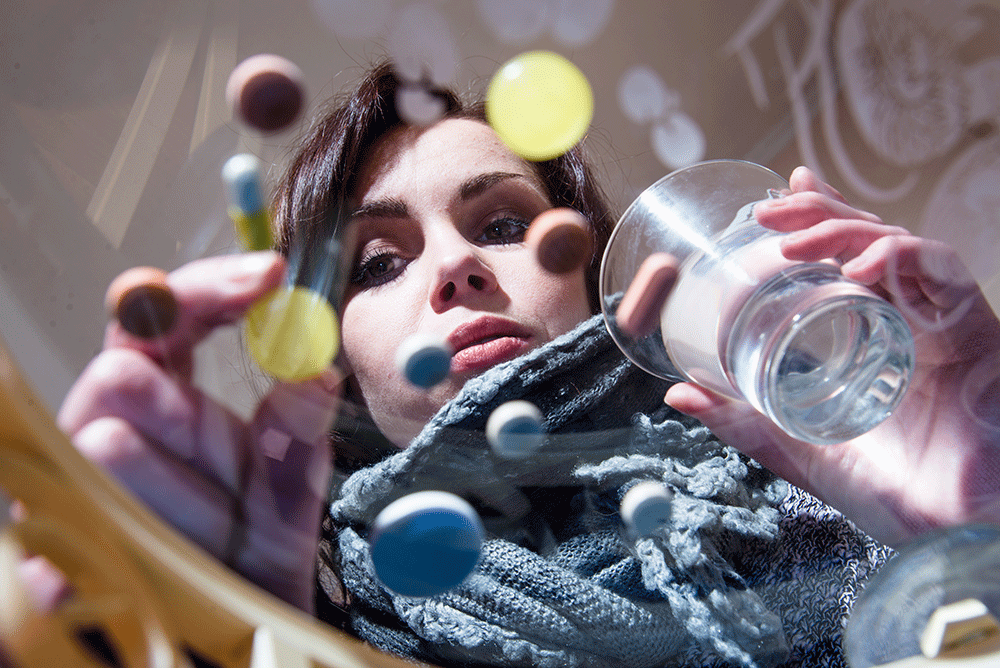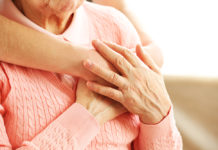creates a predisposition to drug abuse by interacting with reward and stress-related systems. When estrogen levels are higher, during a woman’s menstrual cycle, for instance, a woman will have enhanced responses to drugs.
Animals that were given estrogen took more drugs than those that didn’t. Female rats exhibited greater drug seeking behavior – reinforcing the fact that females may be more vulnerable than males because of an underlying biological predisposition associated with ovarian hormones. The only phase of drug abuse in which males exceeded females was withdrawal – when male subjects experienced much more severe withdrawals.
“This study is comprehensive in citing scientific proof that women are more susceptible to drug abuse at the biological level,” White said. “This does not surprise me in that I have found this to be true in my line of work on the emotional level, as well. Women by nature experience their emotions more deeply. This is not to say that men do not have the capacity to do so, instead some choose not to deeply experience emotion, either consciously or subconsciously.”
In 2014, a study conducted by the Department of Psychology, at The University of Texas at Arlington concluded that “it is becoming increasingly apparent that females are more susceptible to the negative reinforcing motivation to seek and take drugs than males.”
Biased treatment?
Male drug abuse has set the standard for treatment.
Traditionally most studies on addiction have included male subjects, and doctors have developed the vast majority of treatment programs keeping only men in mind.
Women would enroll in programs tailored specifically for men without ever knowing or being given any other option. This could explain why more men get treated (one out of three drug users on the planet is a female but only one out of five users in treatment is a woman) and why more women choose to self-medicate, to the point of poisoning themselves.
Just by glancing at the hardships that most women face in most parts of the world, it isn’t hard to see that some may struggle to find ideal ways to cope. And when that’s the case, they’ll struggle again to find adequate treatment. For example, women are at higher risk of rape and experience more emotional, verbal and physical abuse than men do. Women also have more strokes than men, are more likely to be prescribed opioids, and are twice as likely to be affected by depression as men. And then there’s a list of stress factors that men don’t experience, such as periods and unwanted pregnancies.
“What I see quite often is women who’ve become isolated in a relationship or motherhood without a healthy support network of friends they can be completely honest with,” Said Patty Powers, a New York City-based recovery coach and writer. “Often, they’re unhappy in their marriage but stay ‘for the children’ and experience untreated depression. Or they’re a single parent or are career-driven and the multi-tasking overachieving increases stress. This is often when they begin to rely on alcohol or pills to manage their feelings. This is how it begins for many women who become dependent on substances later in life.”
Whether or not women are able to develop a heightened sense of awareness, it’s crucial that society is informed about how women are affected by drugs. The information from the studies mentioned in this article can reveal potentially life-saving information and can help us all understand addiction as a real, all-encompassing, chronic disease that doesn’t discriminate.
















